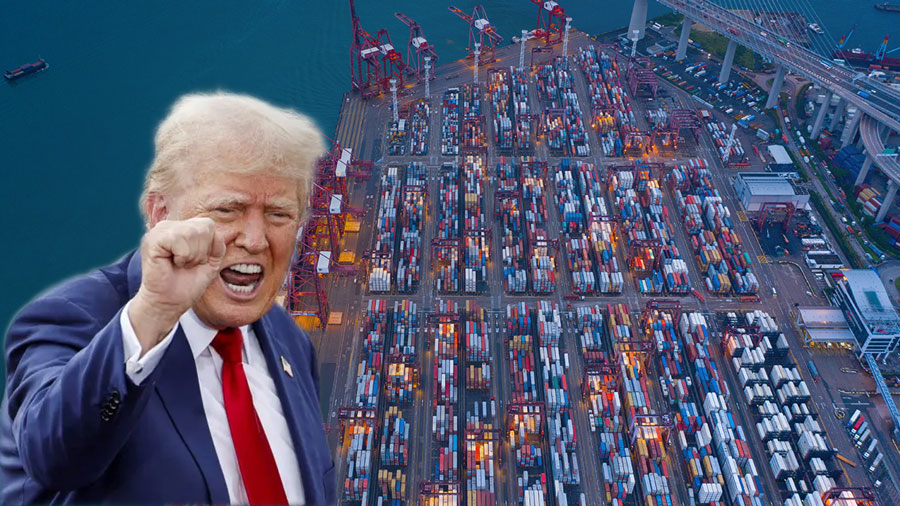


Trump has yet to immediately follow through on his campaign promise to impose sweeping import tariffs, but uncertainty over his trade policy has left U.S. shippers facing supply chain disruptions.
Shortly after his inauguration on Monday, Trump said he was "looking at" imposing a 25 percent tariff on imports from Mexico and Canada on February 1.
Peter Sander, principal analyst at Xeneta, a maritime and air freight intelligence platform, said: "Trump has pitched his trade policy as America first, but it's American shippers who are hurting the most right now.
"We know tariffs are coming - we just don't know when, where or what categories of goods will be affected. This uncertainty makes managing supply chain risk an almost impossible task.
"The worst-case scenario is that Trump announces sweeping tariffs on China and the rest of the world at the same time. A flood of imports before tariffs take effect could spell disaster for global supply chains and put upward pressure on already rising freight rates."
The last time Trump raised tariffs on Chinese imports during the 2018 trade war, the ocean-going container shipping market surged more than 70 percent, according to data released by Xeneta.
In the vital trade from China to the West Coast of the United States, the average spot freight rate increased from $1,503 per FEU (40-foot container) on January 1, 2018 to $2,604 per FEU on November 1, 2018.
Spot freight from the Far East to the West Coast of the United States is currently $5,234 per FEU. This is 29% higher than 12 months ago, mainly due to the impact of the conflict in the Red Sea. If freight rates rise 70 percent from today's levels, as they did in 2018, the market will hit an all-time high, surpassing the record set during the COVID-19 pandemic.
Sander said: "If Israel and Hamas ceasefire, a lot of container ships will return to the Red Sea, then freight rates could collapse, but this is far from clear." Shippers don't want Trump's tariffs to create more uncertainty.
"Shippers want decisive action against these geopolitical threats. In the short term, if they know when the tariffs will take effect and whether the goods are in range, that could mean stocking up.
"In the longer term, if the trade war escalates dramatically, shippers may consider shifting their supply chains from China to India or neighboring Southeast Asian countries." However, they are not going to make this kind of financial investment and massive supply chain disruption because of rhetoric and political posturing."





